A representative of the genus Dvinosaurus lived on the territory of modern Russia 260 million years ago
The oldest amphibian of the genus Dvinosaurus, which existed on the territory of modern Russia 260 million years ago, was discovered and described by scientists from the Paleontological Institute of the Russian Academy of Sciences .
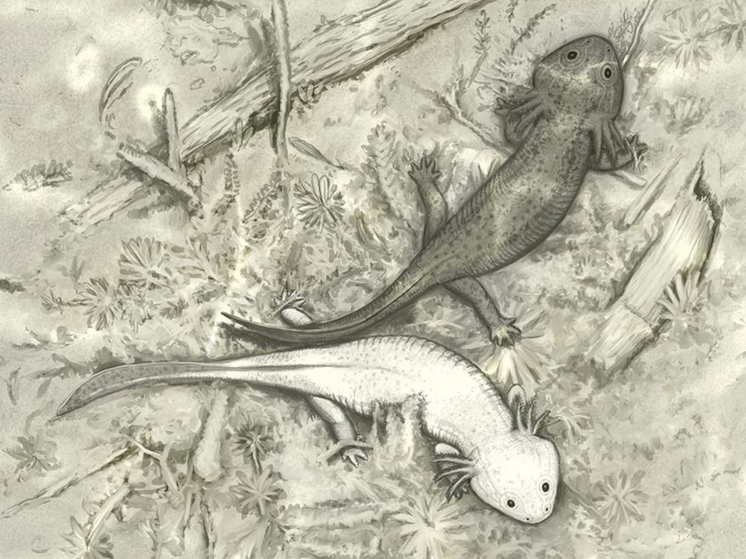 Reconstruction of Dvinosaurus gubini. Photo: artist A. Atuchin
Reconstruction of Dvinosaurus gubini. Photo: artist A. Atuchin
As reported by the Ministry of Education and Science of Russia, the remains of an ancient amphibian creature were found on the territory of the Mari El Republic and were named Dvinosaurus gubini in honor of the specialist on Perm amphibians Yuri Gubin, who worked for many years at the PIN RAS.
Amphibious dinosaurs were widely widespread in the Late Permian era (geological period of the Paleozoic era) in Eastern Europe. These animals retained gill breathing throughout their lives and in appearance were somewhat reminiscent of the modern amphibian axolotl.
The first remains of Dvinosaurus were discovered on the Malaya Northern Dvina River in the Vologda province in 1899–1914. Since then, four species of the genus Dvinosaurus have been described. In 2010, bones of another dinosaur were found at the Sundyr-1 site (Republic of Mari El). Having recently studied its morphology, scientists classified it as a new species — Dvinosaurus gubini Uliakhin et Golubev, 2024. The Sundyr dvinosaurus turned out to be the oldest representative of the genus, living 260 million years ago.
One of the most striking morphological features of the Sundyr dinosaur is its small size, with a skull length from 2.5 to 13 cm, while later representatives of the genus had a 27-centimeter skull, and their length reached 2–2.5 meters.< /p> 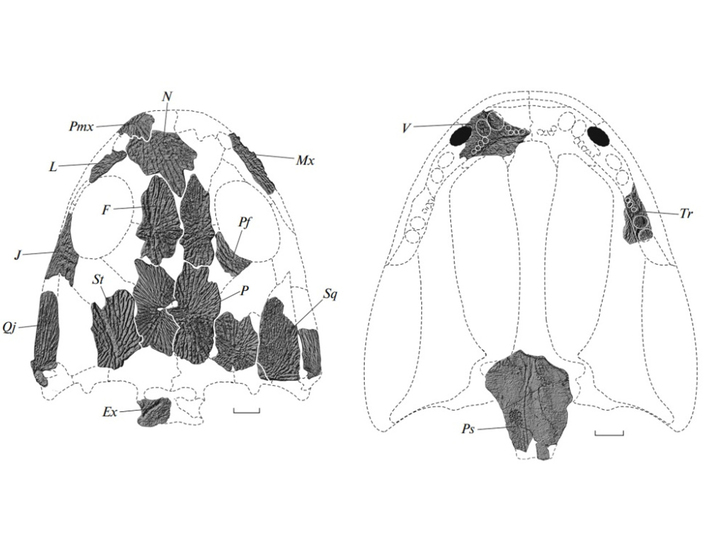 Reconstruction of the skull of Dvinosaurus gubini. Photo: PIN RAS
Reconstruction of the skull of Dvinosaurus gubini. Photo: PIN RAS
In this regard, scientists initially believed that the small bones from Sundyr-1 belonged to young animals that had not yet reached their maximum length. However, a detailed study of the morphology and nature of ossification of the skeletal bones and their comparison, in particular, with comparable bones of other species of dinosaurs pointed not to young, but to fully mature animals.









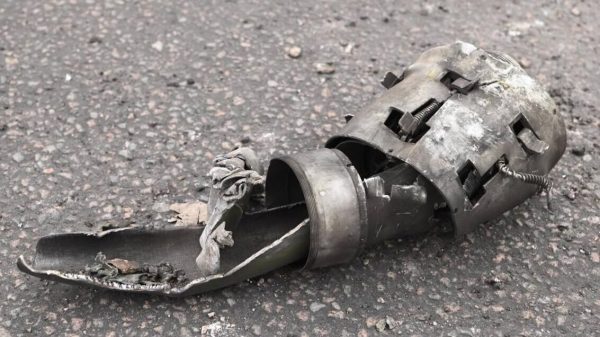
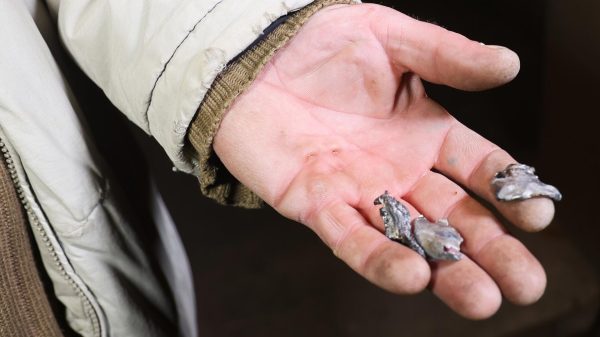








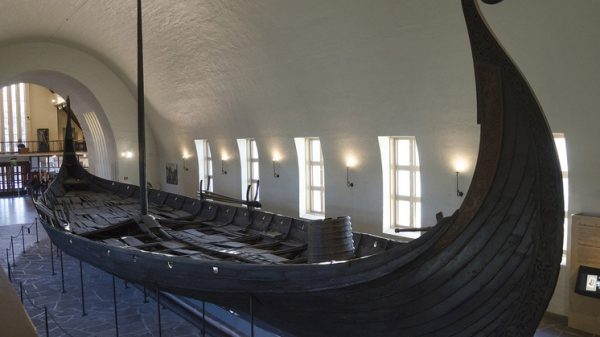
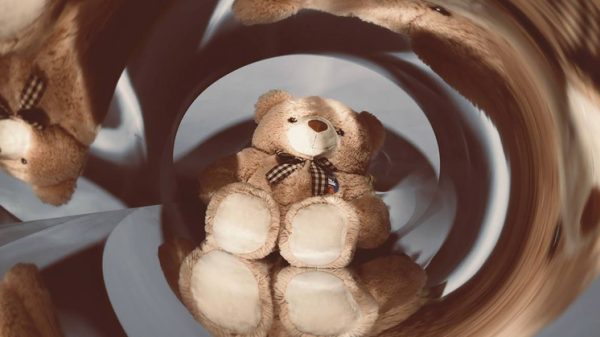

















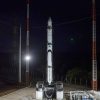

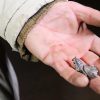















Свежие комментарии